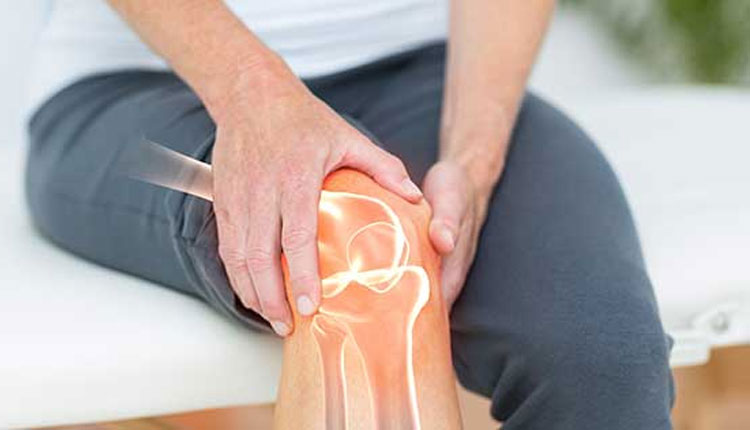
Knee osteoarthritis is a common and debilitating condition affecting millions worldwide. It’s characterised by the gradual deterioration of the knee joint’s cartilage, leading to pain, stiffness, and reduced mobility, often necessitating knee replacement. While conventional medical treatments like pain medications and joint injections can provide symptomatic relief, Here are some key points about knee osteoarthritis:
Cartilage Degeneration: In a healthy knee joint, the cartilage provides a smooth, gliding surface that allows for pain-free movement. In osteoarthritis, this cartilage gradually wears away, which can lead to pain, stiffness, and decreased joint function.
Symptoms: Common symptoms of knee osteoarthritis include pain (especially with movement), stiffness, swelling, and a decreased range of motion in the affected knee. Pain is often worse after activities or prolonged periods of rest.
Risk Factors: Several factors can increase the risk of developing knee osteoarthritis. These include ageing, genetics, obesity, previous knee injuries, overuse or repetitive stress on the knee joint, and certain medical conditions.
Diagnosis: A healthcare provider typically diagnoses knee osteoarthritis based on a combination of a physical examination, medical history, and imaging tests like X-rays or MRI scans. These tests can help assess the extent of cartilage damage and rule out other possible causes of knee pain.
Treatment: The management of knee osteoarthritis aims to reduce pain, improve joint function, and enhance the individual’s quality of life. Treatment options may include:
Lifestyle modifications: weight management, regular exercise, and avoiding activities that exacerbate symptoms.
Medications: Nonsteroidal anti-inflammatory drugs (NSAIDs), pain relievers, and corticosteroid injections may help manage pain and inflammation.
Physical therapy: exercises to strengthen the muscles around the knee and improve joint stability.
Assistive devices: the use of braces, canes, or knee sleeves to provide support and reduce stress on the joint.
Surgical options: In severe cases, when conservative treatments are ineffective, surgical interventions such as knee arthroscopy, osteotomy, or knee replacement surgery may be considered.
Prognosis: The progression of knee osteoarthritis varies from person to person. With proper management and lifestyle changes, many individuals can effectively manage their symptoms and maintain an active lifestyle. In more severe cases, surgery may be required to improve joint function.
Why integrate medicine into knee osteoarthritis care?
Knee osteoarthritis can significantly impact a person’s quality of life, but integrated medicine provides a holistic and patient-centred approach to its management. Today, many individuals with knee osteoarthritis are turning to integrated medicine. It recognises that each patient is unique and that there is no one-size-fits-all approach to managing knee osteoarthritis.
By combining conventional medical treatments with integrated medicine like nutrition, yoga therapy, marma therapy, ayurvedic medication, panchakarma therapies, and mindfulness, individuals with knee osteoarthritis can potentially reduce pain, improve joint function, enhance their overall well-being, and prevent knee replacement. Integrated medicine aims to address both the symptoms and underlying causes of knee osteoarthritis. It is essential to consult integrated medicine professionals to develop personalised treatment plans that address the specific needs and goals of each patient.


 Previous Post
Previous Post Next Post
Next Post